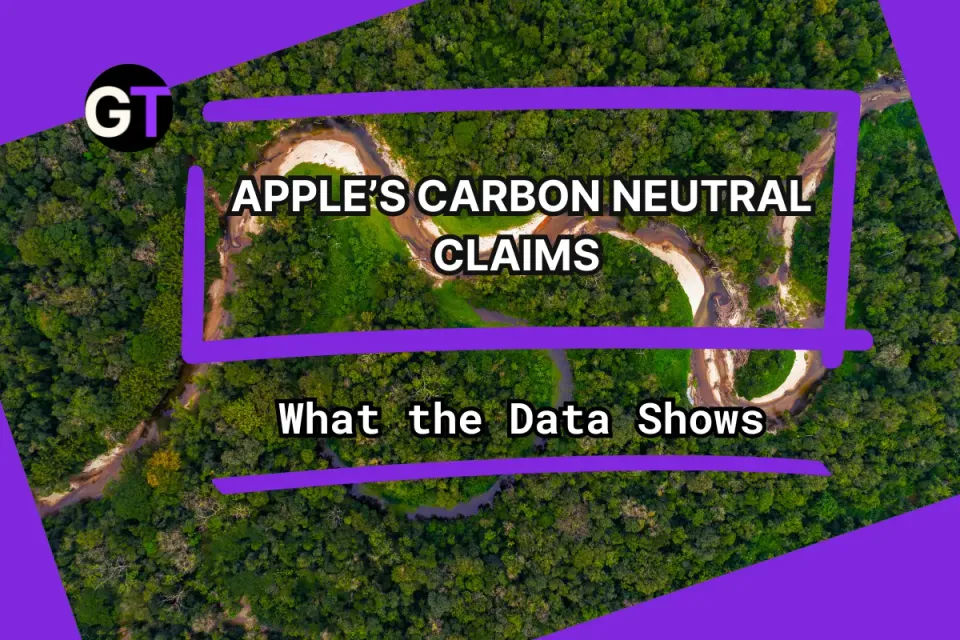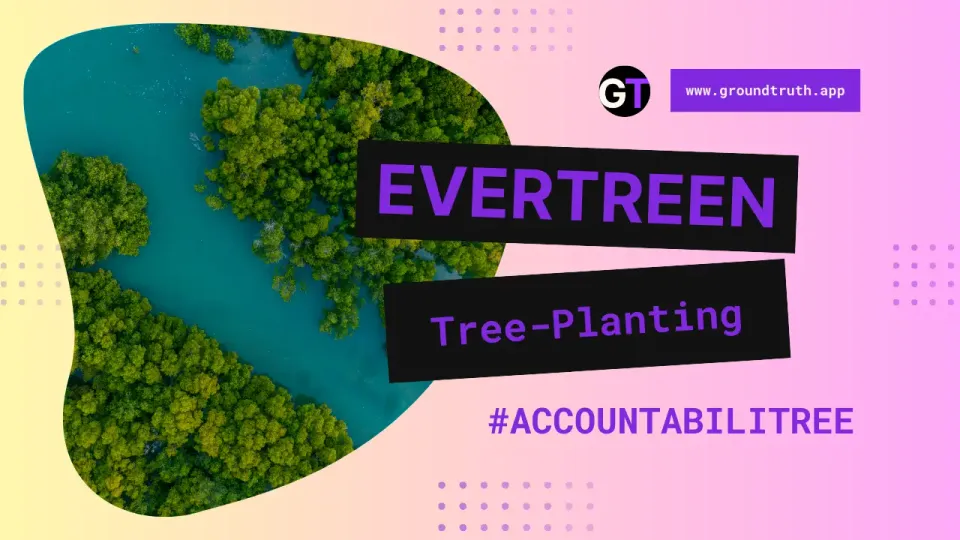Ratings of Mass Confusion: ESG and Corporate Environmental Impact 🌍
The question is: How can we truly measure the impact of corporate sustainability campaigns?

📊 Summary
Environmental, Social, and Governance (ESG)—the catch-all phrase for corporate socially conscious initiatives. Of particular interest are the sustainability projects undertaken by corporations big and small—whether for greenwashing or genuine philanthropy. Many investors now focus specifically on giving money only to companies that specialize in such campaigns. Fortunately, several ratings systems claim to tell us exactly how to invest ethically. But can we trust them? 🌱
With over 3,038 investors, representing more than $100 trillion in assets, committed to integrating ESG information into their decision-making processes, the importance of corporate ESG ratings is undeniable. However, there’s a notable challenge with ESG ratings: substantial disagreement among different providers.
Studies, including a recent one from Berg et al. (2021), have highlighted that correlations between the ESG ratings from different agencies can vary widely, even when comparing ratings from well-known agencies like KLD, Sustainalytics, Moody’s ESG, and others. The question is: How can we truly measure the impact of corporate sustainability campaigns?
🔍 The Importance of Standardization
This variability in ESG ratings introduces a layer of uncertainty for decision-makers, posing a significant challenge for investors, companies, and researchers alike.
Why it matters: Addressing this issue requires a concerted effort to standardize ESG assessment criteria and improve the transparency and methodology behind ESG ratings. 🌍
Key takeaway from the study: "To achieve that, companies should work with rating agencies to establish appropriate metrics and ensure that the data they disclose are publicly accessible."
How can standardization improve the reliability of ESG ratings?
🌱 Assessing the Data
The raw data in this study shows that across the six different rating systems examined, there are 709 indicators in a total of sixty-four distinct categories. In various graphs and tables, the study reveals how the ratings are weighted differently across different systems, as well as differences in scope.
Why it’s important: This insight into the data highlights the complexity and challenges of creating a unified approach to ESG ratings. 📊
What steps could be taken to harmonize these indicators across different systems?
🚀 A Path Forward
As difficult and unlikely as it may sound, the only sensible solution to the problem of differing ratings and standards for ESG projects is to make the raw data public and accessible for researchers and the broader public to study.
Why it matters: It’s easy to say “trust the experts.” But when there’s this much disagreement among experts, it’s high time that the public can see the numbers and decide for themselves who is making an impact and who is engaged in greenwashing. 🌱
How can greater transparency in ESG ratings improve public trust and accountability?
🔓 Open Data & Code: Empowering Further Research
Supplementary data are available at Review of Finance online: rfac033_Supplementary_Data. This access allows for greater scrutiny, research, and understanding of the true impact of corporate sustainability efforts. 🌐
Curious to explore the data? Dive into the resources and see how transparency could revolutionize ESG ratings.




